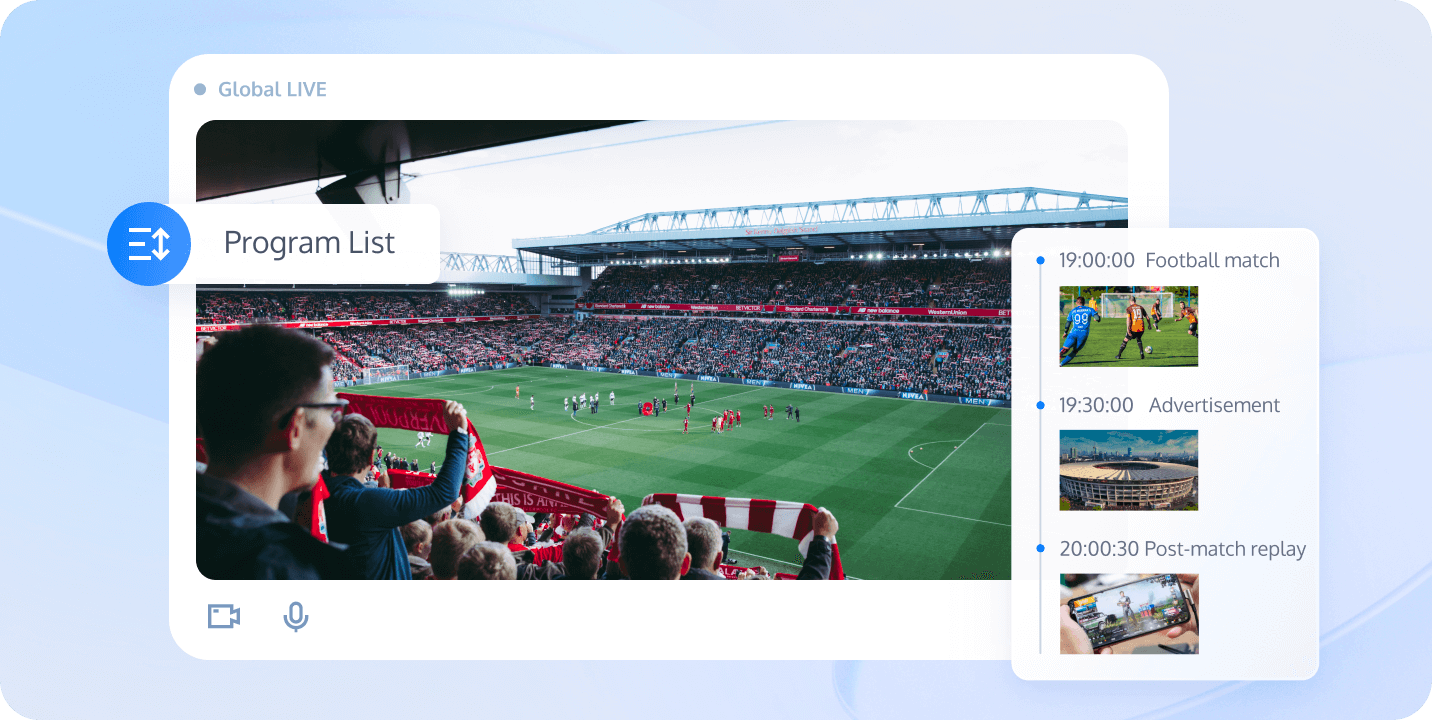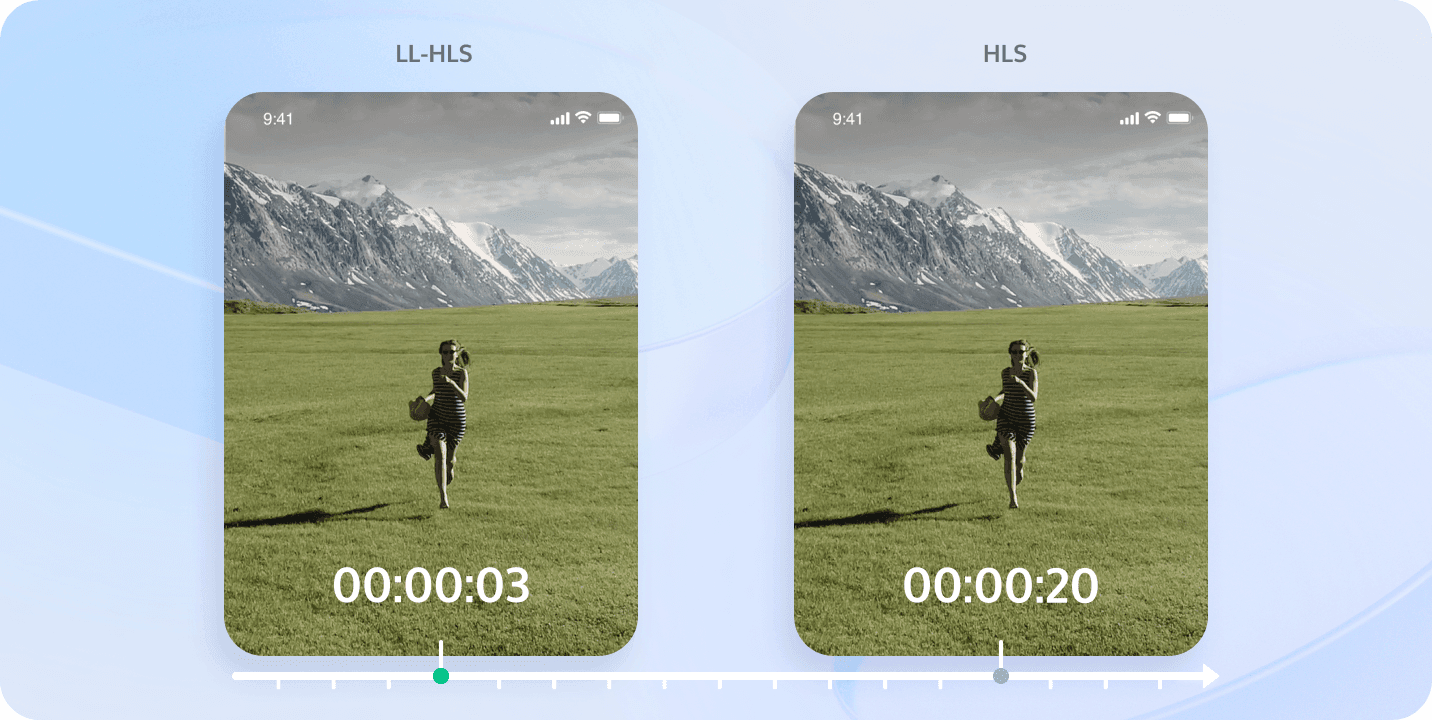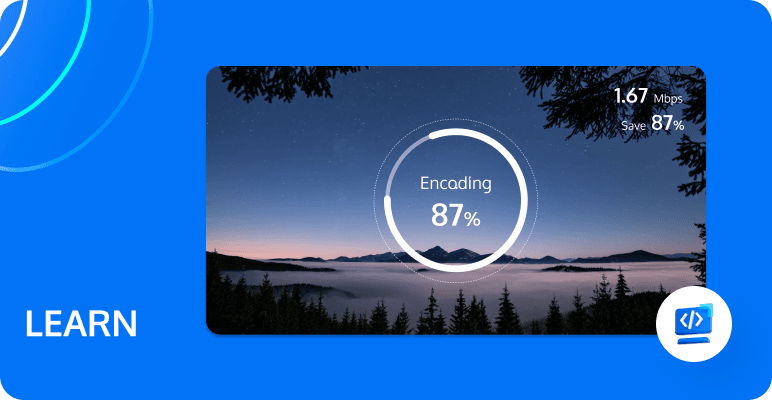What is Live streaming and why you need it?
Live streaming is essential for businesses today. It enhances audience engagement, boosts visibility, and drives growth. Whether you're hosting webinars, launching products, organizing virtual events, or providing behind-the-scenes access, live streaming offers a unique and interactive experience that traditional content mediums struggle to replicate. In this article, we'll explore why your business should adopt live streaming and the significant benefits it can bring to your bottom line.

What is Live Streaming?
Live streaming, is the real-time transmission of video content over the internet, without any pre-recording or editing. This technology allows viewers to watch events as they happen, creating a sense of immediacy and interactivity that is not possible with pre-recorded content.Live streaming technology offers a range of features that make it a versatile and engaging platform for content creators and viewers alike. Here are some key features of live streaming:
1. Real-time transmission: Live streaming allows viewers to watch events and content as they unfold, providing a sense of immediacy and authenticity that is not possible with pre-recorded videos.
2. Interactivity: Live streaming platforms often include features like chat rooms, polls, and Q&A sessions, enabling viewers to engage with the content creator and other viewers in real-time.
3. Multi-platform compatibility: Live streaming can be accessed on a wide range of devices, including smartphones, tablets, computers, and smart TVs, ensuring that a global audience can tune in.
4. High-quality video: Live streaming platforms support various video codecs and bitrates, allowing content creators to deliver high-quality video streams that are optimized for different network conditions and device capabilities.
5. Scalability: Live streaming services are designed to handle large audiences, making it easy for content creators to scale their broadcasts to reach a wider audience without worrying about server capacity or bandwidth limitations.
6. Monetization options: Live streaming platforms offer various monetization options, such as advertising, sponsorships, subscriptions, and pay-per-view, enabling content creators to generate revenue from their live streams.
7. Customization: Many live streaming platforms provide customization options, allowing content creators to brand their live streams, add watermarks, and customize the user interface to match their unique style and needs.
8. Analytics: Live streaming services typically offer detailed analytics tools, enabling content creators to track viewer engagement, demographics, and other key metrics, helping them optimize their content strategy and grow their audience.
9. Security: Live streaming platforms employ various security measures, such as encryption and access controls, to protect against unauthorized access and ensure the integrity of the live streams.
10.Integration: Live streaming services can be integrated with other tools and platforms, such as social media, email marketing, and CRM systems, allowing content creators to streamline their workflows and enhance their overall marketing strategy.

How Live Streaming Works?
Live streaming operates on a remarkably straightforward yet sophisticated process that begins with content capture and ends with its distribution across the internet in real-time. Initially, the journey starts with a camera or a similar device that captures live video. This can range from professional-grade video cameras for high-quality broadcasts to webcams or even smartphones for more personal. The key is that these devices are capable of capturing live events as they happen, transforming moments into digital formats that can be shared.
Upon capturing the content, the next critical step involves encoding the video. Encoding is the process of converting the raw video footage into a digitally compressed format suitable for transmission over the internet. This step is crucial because it reduces the file size of the video, making it easier to stream without losing significant quality. Specialized software or hardware encoders take on this task, ensuring the video is in the right format and quality for optimal streaming. They also prepare the video for the complexities of internet transmission, addressing issues like variable internet speeds and device compatibility.
Following encoding, the video data is then uploaded to a server, a process often facilitated by a streaming platform or service. This platform serves as the intermediary between the broadcaster and the audience, managing the distribution of the live stream across the internet. The streaming server has the crucial role of efficiently handling incoming video data and ensuring that it is accessible to viewers on various devices and internet speeds. It is responsible for maintaining the integrity of the live stream, ensuring that it reaches the audience in real-time, or as close to it as possible.
Finally, the audience receives the live stream on their devices through their internet connection. Viewers can access the stream from anywhere in the world, provided they have a compatible device and sufficient internet speed. This last phase of live streaming highlights its most remarkable feature: the ability to share moments instantly across geographical boundaries, connecting content creators and viewers in real-time. Through a seamless blend of technology, from content capture to internet transmission, live streaming has indeed made the world a smaller, more connected place.
What are the benefits of Live Streaming?
1. Real-Time Engagement
One of the biggest advantages of live streaming is its ability to facilitate real-time engagement with your audience. By broadcasting content live, you can create a sense of urgency and excitement that encourages viewers to tune in and participate. This instant interaction not only helps build stronger relationships with your audience but also allows you to gather immediate feedback and adjust your strategy accordingly.
2. Expanded Reach
Live streaming enables your business to reach a global audience, regardless of their location or time zone. By breaking down geographical barriers, you can attract new customers, increase brand awareness, and drive growth. Moreover, live streaming platforms often have built-in social sharing features, allowing your audience to share your content with their networks, further amplifying your reach.
3. Cost-Effective Marketing
Compared to traditional marketing methods like television commercials or print ads, live streaming is a cost-effective way to promote your business. Many live streaming platforms offer affordable pricing plans, and you can easily repurpose existing content to create new live streams. Additionally, live streaming can help you generate revenue through advertising, sponsorships, and paid access to premium content.
4. Increased Credibility
By offering live streaming content, your business demonstrates a commitment to transparency and authenticity. Viewers appreciate the opportunity to witness events and experiences as they unfold, which can help increase trust and credibility. Furthermore, live streaming allows you to showcase your expertise and knowledge in real-time, positioning your business as a thought leader in your industry.
5. Measurable Results
Live streaming platforms typically provide detailed analytics, allowing you to track viewer engagement, demographics, and other key metrics. This data can help you understand your audience's preferences and behaviors, enabling you to refine your content strategy and make data-driven decisions.
6. Enhanced Customer Experience
Live streaming can enhance the customer experience by providing exclusive access to events, product launches, and behind-the-scenes content. By giving your audience a glimpse into the inner workings of your business, you can create a more personal and memorable connection with them. Additionally, live streaming enables you to respond to customer questions and concerns in real-time, improving customer satisfaction and loyalty.
Use Cases for Live Streaming
1. Entertainment: Live streaming platforms are ideal for broadcasting concerts, sports events, and other forms of entertainment, providing viewers with a front-row seat to the action.
2. Education: Online courses, workshops, and webinars can be delivered via live streaming, making it easier for students to access quality education from anywhere in the world.
3. Business: Companies can use live streaming for product demos, press conferences, and virtual events, improving engagement with customers and stakeholders.
4. Social Networking: Live streaming platforms enable influencers and content creators to connect with their followers in real-time, fostering stronger relationships and increasing brand loyalty.
5. News and Media: Live streaming provides news organizations with a cost-effective way to deliver breaking news and events to a global audience in real-time.
Tencent MPS Stream
Tencent MPS Stream provides reliable, efficient streaming media transmission, transcoding, remuxing, packaging, and distribution services, along with a wealth of value-added features, to global clients.
Tencent MPS Stream offers an extensive selection of features, such as live video transmission, transcoding, event coordination, low latency live streaming, digital rights management (DRM), facial blur processing, multilingual recognition and translation, server-side ad insertion, live streaming time shifting and recording.You are welcome to Contact Us for more information.
